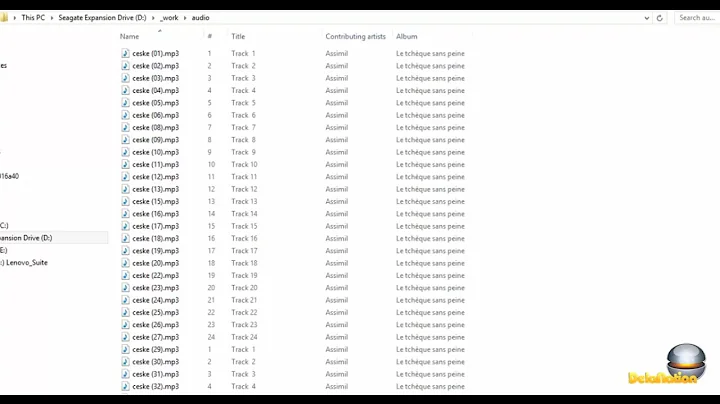Shortcut to remove first character of multiple lines in gedit
Solution 1
This can be done using gedit Snippets. They are available as part of gedit-plugins from your distro's repositories.
Once they're installed, open gedit, go to Edit -> Preferences -> Plugins, and enable Snippets.
Now you have to create the new snippet which is pretty straightforward and an amazing time saver for code you write frequently.
1. Go to Tools -> Manage Snippets.
2. Find the language/type of file you want to use the snippet for (or Global for all) and click the '+' icon to create new snippet.
3. Name the snippet, then click in the "shortcut key" text box on the right and press your shortcut key combination you want to use: e.g. Shift_ctrl_%
4. Then in the box on the right, enter:
$<
import re
lines = $GEDIT_SELECTED_TEXT.split("\n");
output = "";
for line in lines:
output += re.sub('^%((.)*)', r"\1\n", line)
return output
>
This uses a python regular expression to only remove the first character in a line if it is '%'.
note: you can use any python code in a snippet, for example if you wanted to remove multiple instances of '%' or '#' at the beginning of a line you could use lstrip.
$<
lines = $GEDIT_SELECTED_TEXT.split("\n");
output = "";
for line in lines:
output += line.lstrip('%#') + "\n"
return output
>
5. After you create the snippet, click close, highlight your text and hit your shortcut key.
note: If you want a snippet that will return % back t the beginning of all highlighted lines:
$<
lines = $GEDIT_SELECTED_TEXT.split("\n");
output = "";
for line in lines:
output += "%" + line + "\n";
return output
>
note: for some reason snippets with shortcut keys only work (for me) when they're defined for a specific language. Global shortcut keys don't work but the tab triggers for them do, ymmv.
More info on snippets at http://live.gnome.org/Gedit/Plugins/Snippets
Solution 2
That really depends on the software you're using.
For instance, MS-Word would left you alt-select the first character of the lines (if the lines doesn't wrap around).
If you're using an editor that allows Regular Expression search and replace you could use something like ^. to search for the first character of each line.
Unfortunately you need to be more specific.
Related videos on Youtube
Christoph Rüegg
Updated on September 17, 2022Comments
-
Christoph Rüegg over 1 year
I want to be able to remove the first character of a line when I highlight multiple lines in gedit.
Example:
%Example is %Commented Code %Uncomment using this shortcutI would then highlight/select these lines, and remove the first character to make it look like this:
Example is Commented Code Uncomment using this shortcutI'm pretty sure there is an actual shortcut for this.
If there is another text editor on Linux that it would work in, it would be nice to know how to do it in that editor as well.
-
whitequark over 14 yearsThis probably will be specific for editors. Can you provide more detail?
-
hyperslug over 14 yearsIn some editors you can hold down
altto select a block of text, then delete. -
Scott McClenning over 14 yearsadded linux tag
-
 J Slick over 11 yearsSublime Text has powerful multiselection features. If the cursor were at the beginning of the first line, you would just go ctrl-alt-down twice, then press delete.
J Slick over 11 yearsSublime Text has powerful multiselection features. If the cursor were at the beginning of the first line, you would just go ctrl-alt-down twice, then press delete.
-
-
Jared Harley over 14 yearsIn Virtual Studio, it's
Ctrl+Shift+E, Cto add comment marks to a selection, andCtrl+Shift+E, Uto uncomment a selection.




